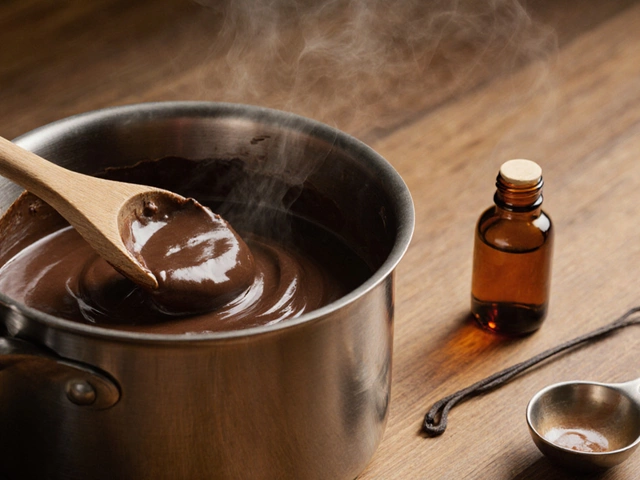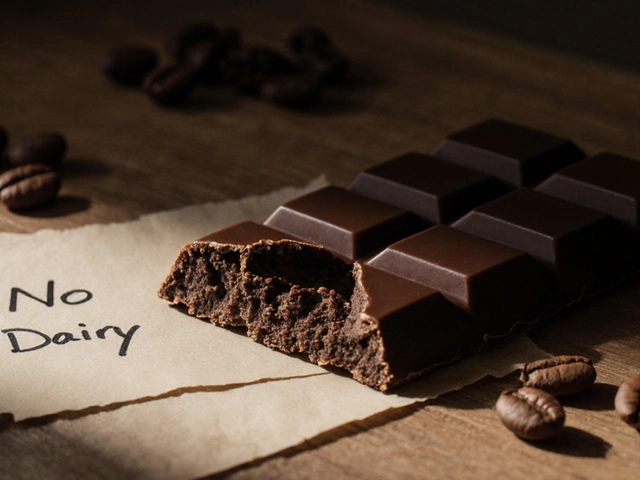Cake Fails: Why Your Cakes Go Wrong and Simple Fixes
If you’ve ever pulled a cake out of the oven and it looks sad, you’re not alone. Most bakers hit a snag at some point – a sunken middle, a dry crumb, or a cake that won’t rise. The good news? Most of these problems have easy solutions. Below we break down the top reasons cakes fail and what you can do right now to get a better bake.
Sunken or Flat Cakes
One of the most common complaints is a cake that sinks in the middle. The usual suspects are over‑mixing, opening the oven door too early, or using the wrong flour. When you beat batter too long, you push out the air that the cake needs to rise. Keep mixing just until the ingredients are combined – a few lumps are fine.
Gluten‑free bakers see this problem a lot. Gluten‑free flours don’t have the same structure as wheat, so the cake can collapse if the batter is too thin or if there’s not enough binding. Adding a little xanthan gum or using a blend that already contains it can give the batter the extra hold it needs.
Temperature matters, too. If the oven is too hot, the outside sets before the inside can expand, creating a crater. Use an oven thermometer to confirm you’re at the right heat, and avoid the temptation to crank the temperature up for a faster bake.
Dense, Heavy, or Gummy Cakes
Dense cakes usually tell a story of too much liquid, not enough leavening, or the wrong type of sugar. Using too much brown sugar, for instance, adds moisture that can keep the crumb heavy. Switch to a mix of white and brown sugar, or reduce the overall sugar amount by a few tablespoons.
Eggs are another key player. Skipping eggs or using too few can leave a cake without enough structure, especially in richer cakes like cheesecakes. If you need a dairy‑free or vegan version, replace each egg with a quarter cup of unsweetened applesauce or a tablespoon of chia seeds mixed with water. This gives the batter the binding power it needs without adding extra fat.
Don’t forget to check your leavening agents. Baking powder that’s old or stored in a humid place loses its punch. Test a spoonful in hot water – it should fizz vigorously. If not, replace it. Same with baking soda; a fresh batch ensures your cake gets the lift it deserves.
Finally, look at your mixing method. Creaming butter and sugar together incorporates air, which helps the cake rise. If you skip this step and just blend everything together, you’ll end up with a tighter crumb. Take a few extra minutes to cream properly; the result is worth it.
Fixing a cake that’s already baked can be tricky, but there are workarounds. A sunken cake can be turned into a trifle or layered with fruit and whipped cream to hide the flaw. A dense cake works great for frosting as it holds up well under heavy decorations.
Remember, baking is part science and part practice. Keep a notebook of what you try – note the flour brand, oven temperature, and any tweaks you make. Over time you’ll spot patterns and learn what works for your kitchen.
Next time a cake doesn’t turn out perfectly, pause and check these common culprits before you toss it. With a few adjustments, you’ll turn most cake fails into sweet successes.

Sinking Cake: Why it Happens and How to Fix It
Ever pulled a cake out of the oven and found it sunken in the middle? Sinking cake is a super common baking problem, but it’s not unbeatable. This article tackles exactly what sinking cake is, why it happens, and the science behind those frustrating dips. It also covers easy ways to prevent it and what to do if your cake still sinks. If baking has ever let you down, you’ll find clear tips here to get your cakes rising right again.
View More




